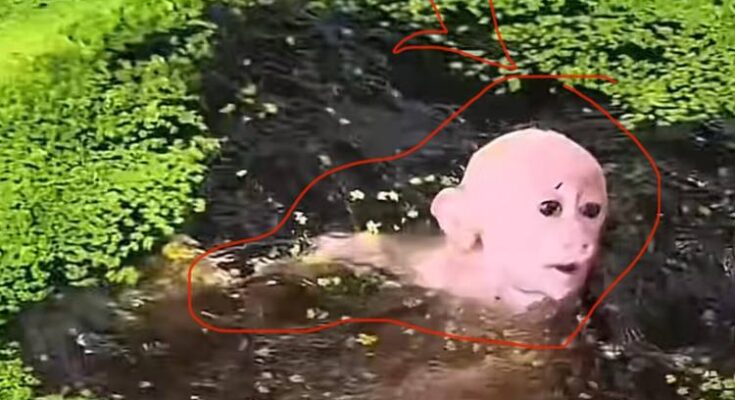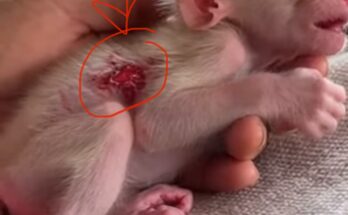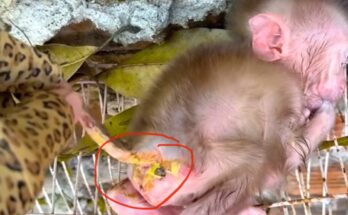When a baby monkey survives a near-drowning experience, immediate and long-term care becomes critical to its survival and recovery. Baby monkeys are highly sensitive creatures, both physically and emotionally, and a traumatic incident like drowning can have lasting effects. Whether you are a wildlife rehabilitator, a veterinarian, or a concerned caregiver, understanding how to properly care for the monkey post-incident can make the difference between recovery and decline.
Immediate Response: Stabilizing the Baby Monkey
The first few minutes after removing the monkey from the water are crucial. Begin by checking for breathing and a heartbeat. If the monkey is not breathing, perform gentle rescue breathing and chest compressions if trained. Wipe away water from the nose and mouth, and keep the head slightly tilted downward to drain any remaining water.
Warmth is vital. Hypothermia is a major risk after drowning, especially in infants. Wrap the baby monkey in a dry towel and use a heating pad (set on low) or warm water bottles wrapped in cloth to gently raise body temperature. Do not attempt to feed the monkey immediately, as its digestive system may be in shock.
Veterinary Assessment and Treatment
After initial stabilization, the baby monkey should be examined by a wildlife veterinarian or exotic animal specialist as soon as possible. A near-drowning incident can result in:
- Pulmonary edema (fluid in the lungs)
- Aspiration pneumonia
- Shock or brain damage due to lack of oxygen
- Internal injuries from thrashing or panic
A veterinarian may administer oxygen, IV fluids, and antibiotics to prevent or treat infection. Monitoring for delayed symptoms is crucial, as some complications may not appear for hours or even days after the incident.
Emotional and Psychological Recovery
Monkeys are emotionally complex animals. A baby monkey that has nearly drowned is likely to experience high levels of stress, fear, and confusion. Reintroducing the monkey to a calm, quiet environment is essential. Avoid loud noises, sudden movements, or unfamiliar people.
Provide familiar smells, a comfort object (like a soft cloth or toy), and the reassuring presence of a caregiver it trusts. If the monkey has a surrogate or bonded companion, their presence can aid in calming the infant and speeding emotional recovery.
Nutrition and Hydration
Once the monkey is stable and alert, begin rehydration and feeding slowly. Offer fluids like oral electrolytes or diluted formula recommended for primates. Monitor closely for vomiting, lethargy, or diarrhea. Any signs of digestive distress should be reported to a vet immediately.
Gradually return the monkey to its normal feeding routine under veterinary guidance.
Prevention and Long-Term Care
After recovery, assess the environment that allowed the drowning to occur. Whether the incident happened in captivity or in the wild, steps should be taken to monkey-proof water sources like ponds, tubs, or open containers.
If the baby monkey is being raised in a human-controlled setting, supervised water play and safety training (where possible) can help prevent future accidents.
Conclusion
A baby monkey’s survival after drowning is rare and miraculous—but recovery is possible with immediate action and dedicated aftercare. Patience, veterinary guidance, and emotional support are key to giving the monkey a second chance at life.



